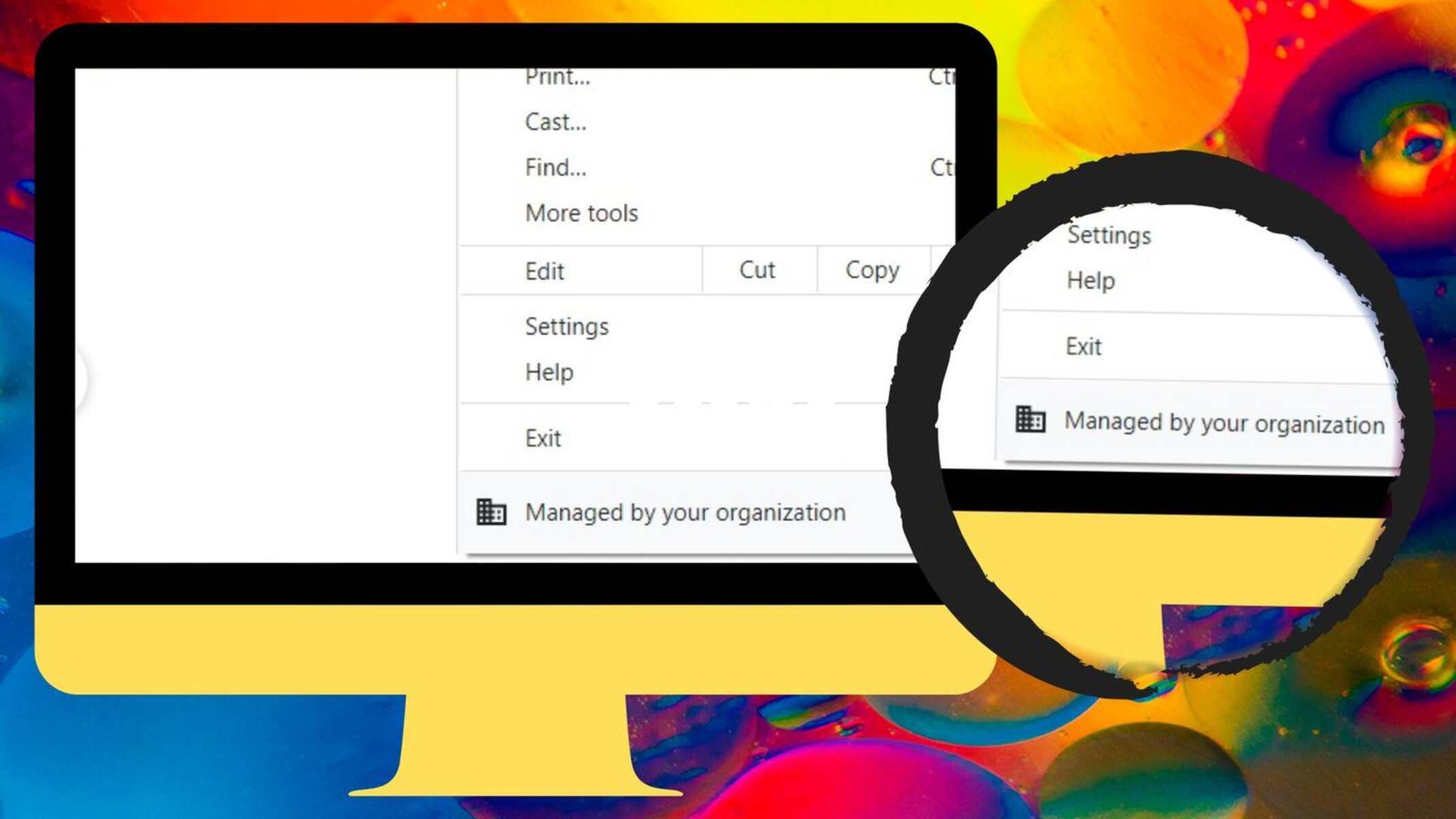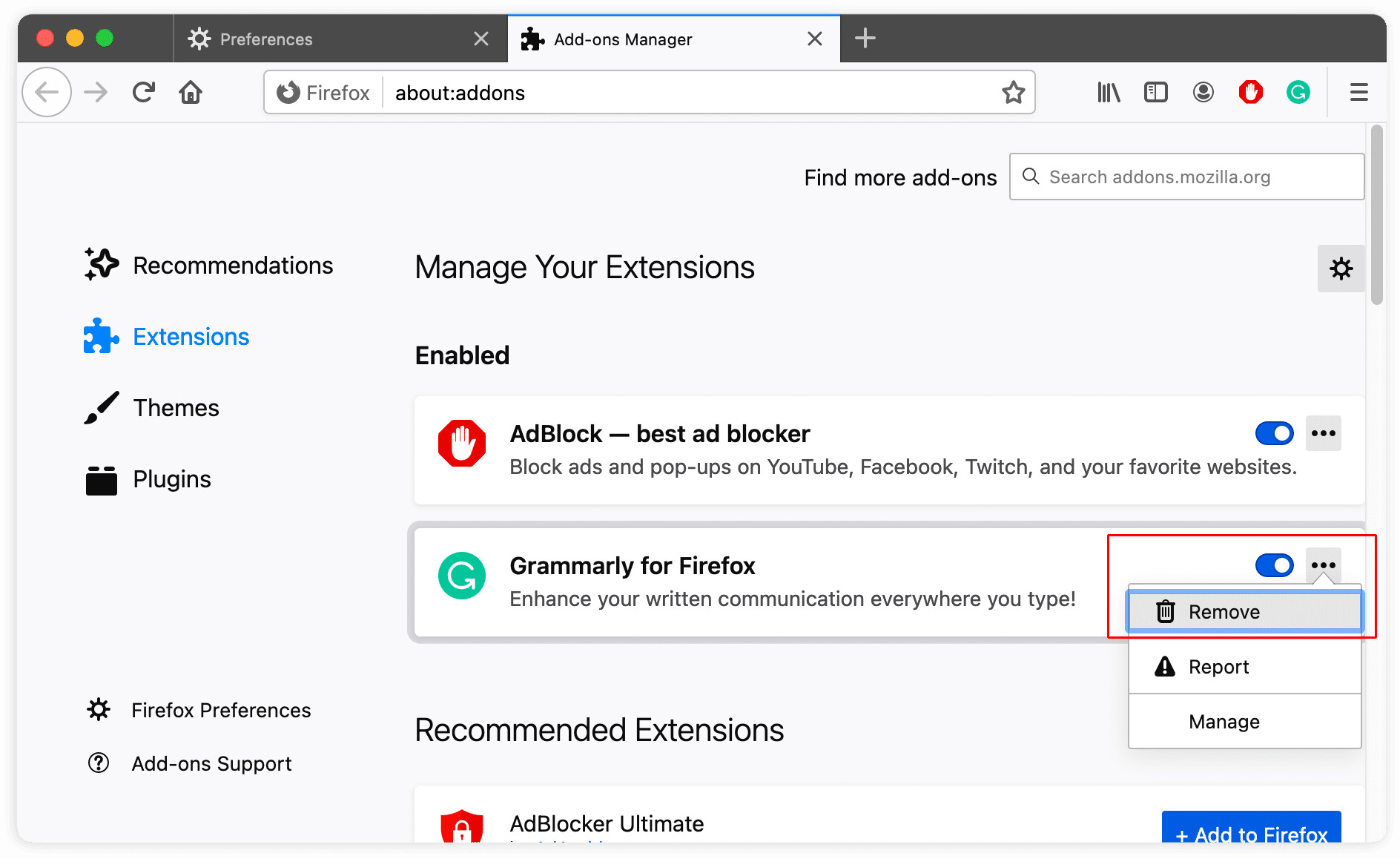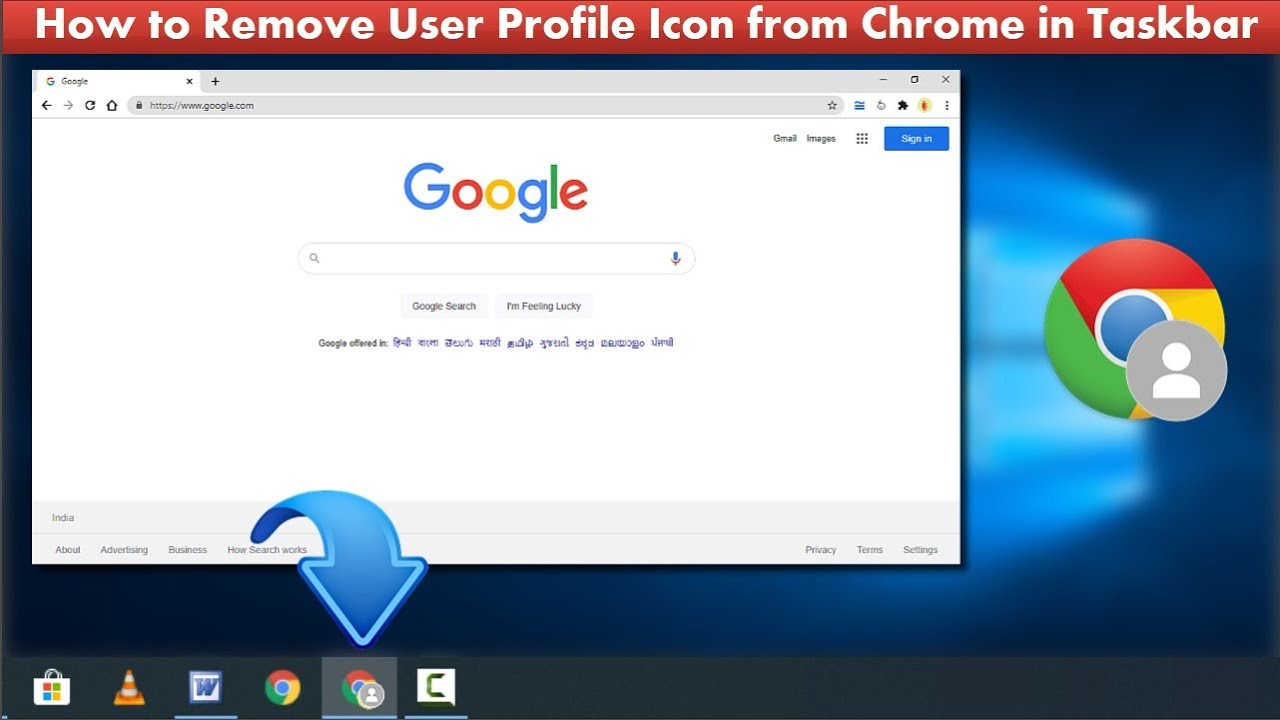Introduction
Have you ever encountered the frustrating message "Your browser is managed by your organization" while trying to make changes to your browser settings? This seemingly innocuous notification can be a source of annoyance for many users, especially those who are not part of any organization or have no recollection of such management settings being enabled. It can hinder your ability to customize your browser according to your preferences and may even raise concerns about privacy and control over your browsing experience.
In this guide, we will delve into the intricacies of this issue and provide you with a comprehensive understanding of what it means for your browser. Whether you're using Google Chrome, Mozilla Firefox, Microsoft Edge, or any other popular browser, the steps outlined here will help you regain control over your browser settings and eliminate the "Your browser is managed by your organization" message once and for all.
Let's embark on this journey to reclaim autonomy over your browsing experience and unravel the mystery behind organization-managed browser settings. Whether you're a casual internet user or a tech-savvy individual, the insights shared in this guide will empower you to navigate through this common yet perplexing predicament with confidence and ease.
Understanding the Issue
The message "Your browser is managed by your organization" can be perplexing for individuals who are not affiliated with any organizational management of their browser settings. This notification typically appears in popular web browsers such as Google Chrome, Mozilla Firefox, and Microsoft Edge, often leaving users puzzled about the source of this management and its implications.
At its core, this message indicates that certain browser settings, policies, or extensions have been enforced by an organization, which could be a workplace, educational institution, or even a third-party application. While this feature is designed to allow organizations to maintain control over specific browser configurations for security and compliance purposes, it can be disconcerting for users who encounter it unexpectedly on their personal devices.
Understanding the implications of this message is crucial in addressing the issue effectively. It's essential to discern whether the management is indeed enforced by an external organization or if it is a result of unintended settings or software installations on the user's device. By gaining clarity on the origin of this browser management, users can take appropriate steps to regain control over their browser settings and eliminate the intrusive message.
In the subsequent sections of this guide, we will explore methods to identify and remove organization-managed policies, reset browser settings, and ultimately reclaim autonomy over the browsing experience. By unraveling the intricacies of this issue, users can navigate through the troubleshooting process with confidence and gain a deeper understanding of the mechanisms governing their web browsers.
Checking for Organization Policies
When confronted with the perplexing message "Your browser is managed by your organization," the first step in resolving this issue is to ascertain whether organization-managed policies are indeed in place. This involves delving into the browser settings to identify any enforced configurations that may be contributing to the message's appearance.
Google Chrome
In Google Chrome, users can navigate to the browser's settings by clicking on the three-dot menu icon in the top-right corner and selecting "Settings." From there, they can expand the "Advanced" section on the left-hand side and click on "System." If organization policies are in effect, a message indicating "Managed by your organization" will be displayed, providing confirmation of the enforced settings.
Mozilla Firefox
For Mozilla Firefox users, the process involves accessing the browser's configuration settings by typing "about:policies" in the address bar and pressing Enter. This action reveals a list of policies that are being enforced, along with their respective sources. Users can scrutinize this information to determine if any organization-managed policies are dictating their browser's behavior.
Microsoft Edge
In Microsoft Edge, users can navigate to the browser's settings by clicking on the three-dot menu icon and selecting "Settings." From there, they can expand the "System" section and click on "About Microsoft Edge." If organization policies are in place, a message indicating "Some settings are managed by your organization" will be displayed, signaling the presence of enforced configurations.
By meticulously examining these settings, users can gain valuable insights into the existence of organization-managed policies and their potential impact on their browsing experience. This initial step sets the stage for further troubleshooting and remedial actions, empowering users to take control of their browser settings and eliminate the intrusive message that may have been causing frustration and uncertainty.
In the subsequent sections, we will delve into the process of removing organization policies and resetting browser settings, equipping users with the knowledge and tools needed to address this issue effectively and regain autonomy over their web browsing experience.
Removing Organization Policies
Once the presence of organization-managed policies has been confirmed within the browser settings, the next crucial step is to remove these enforced configurations and regain control over the browser. By eliminating these policies, users can effectively dispel the intrusive message "Your browser is managed by your organization" and restore autonomy over their browsing experience.
Google Chrome
In Google Chrome, the process of removing organization policies involves accessing the browser's settings and navigating to the "chrome://policy" URL. This page provides a comprehensive overview of the enforced policies, allowing users to identify the specific configurations that are being managed by an organization. To remove these policies, users can employ the Chrome Group Policy Editor or make adjustments to the Windows Registry, depending on the nature of the enforced settings.
Mozilla Firefox
For Mozilla Firefox users, the removal of organization-managed policies entails accessing the browser's configuration settings by typing "about:policies" in the address bar. This action reveals a detailed list of enforced policies and their respective sources. To eliminate these policies, users can modify the browser's configuration files or utilize third-party tools designed to manage Firefox policies effectively.
Microsoft Edge
In Microsoft Edge, users can remove organization policies by accessing the browser's settings and navigating to the "edge://policy" URL. This page provides a comprehensive overview of the enforced policies, enabling users to identify and subsequently remove the configurations that are managed by an organization. By making adjustments to the Windows Registry or utilizing the appropriate administrative tools, users can effectively eliminate these enforced policies and regain control over their browser settings.
By meticulously following these steps and employing the relevant tools and techniques specific to each browser, users can successfully remove organization-managed policies and alleviate the constraints imposed on their browsing experience. This proactive approach empowers users to reclaim autonomy over their browser settings and eliminate the intrusive message, fostering a seamless and personalized web browsing experience.
In the subsequent sections, we will explore the process of resetting browser settings, providing users with a comprehensive roadmap to address this issue effectively and restore full control over their web browsers.
Resetting Browser Settings
In some instances, despite removing organization-managed policies, users may still encounter persistent issues or undesired behaviors within their web browsers. When conventional troubleshooting methods prove ineffective, resetting the browser settings can serve as a comprehensive solution to address underlying issues and restore the browser to its default state.
Google Chrome
For Google Chrome users, resetting the browser settings involves accessing the Chrome settings menu and navigating to the "Advanced" section. Within this section, users can locate the "Reset and clean up" category, where they will find the option to "Restore settings to their original defaults." By initiating this process, users can reset Chrome to its default state, effectively eliminating any lingering configurations or extensions that may be contributing to the persistent message or undesired behaviors.
Mozilla Firefox
In Mozilla Firefox, resetting the browser settings can be accomplished by accessing the browser's settings and navigating to the "Help" menu. Within the "Help" menu, users can select "Troubleshooting Information," which provides access to the "Refresh Firefox" option. By opting to refresh the browser, users can restore Firefox to its default state, resolving persistent issues and reverting any unintended configurations or extensions that may be impacting the browsing experience.
Microsoft Edge
Microsoft Edge users can reset the browser settings by accessing the browser's settings menu and navigating to the "Reset settings" option within the "Reset and cleanup" category. By selecting this option, users can initiate the process of resetting Edge to its default state, effectively addressing persistent issues and eliminating any residual configurations or extensions that may be contributing to the lingering message or undesired behaviors.
By resetting the browser settings, users can effectively address persistent issues, eliminate undesired behaviors, and restore their web browsers to a pristine state. This proactive approach serves as a comprehensive solution to ensure a seamless and optimized browsing experience, free from the constraints imposed by lingering configurations or extensions.
In the subsequent sections, we will delve into the process of ensuring a secure and personalized browsing experience, equipping users with the knowledge and tools needed to navigate through common browser-related challenges effectively.
Conclusion
In conclusion, the enigmatic message "Your browser is managed by your organization" can present a perplexing predicament for users seeking autonomy over their web browsing experience. By unraveling the intricacies of this issue and understanding the implications of organization-managed policies, users can navigate through the troubleshooting process with confidence and reclaim control over their browser settings.
The initial step of checking for organization policies within the browser settings provides valuable insights into the source of the enforced configurations. Whether using Google Chrome, Mozilla Firefox, or Microsoft Edge, users can scrutinize these settings to ascertain the presence of organization-managed policies, laying the groundwork for subsequent remedial actions.
Removing organization policies is a pivotal step in regaining control over the browser. By employing the appropriate tools and techniques specific to each browser, users can effectively eliminate the enforced policies and dispel the intrusive message, fostering a personalized and unhindered browsing experience.
In instances where persistent issues or undesired behaviors persist, resetting the browser settings serves as a comprehensive solution to restore the browser to its default state. Whether in Google Chrome, Mozilla Firefox, or Microsoft Edge, initiating the process of resetting the browser settings can effectively address lingering configurations or extensions, ensuring a seamless and optimized browsing experience.
By empowering users with the knowledge and tools needed to address the "Your browser is managed by your organization" message, this guide aims to alleviate the frustration and uncertainty associated with organization-managed policies and enable individuals to navigate through common browser-related challenges effectively.
In the ever-evolving landscape of web browsing, understanding and addressing issues related to organization-managed policies is essential in fostering a secure, personalized, and unhindered browsing experience. By leveraging the insights and strategies outlined in this guide, users can embark on their browsing journeys with confidence, equipped to overcome challenges and optimize their web browsing experience to align with their preferences and requirements.
























